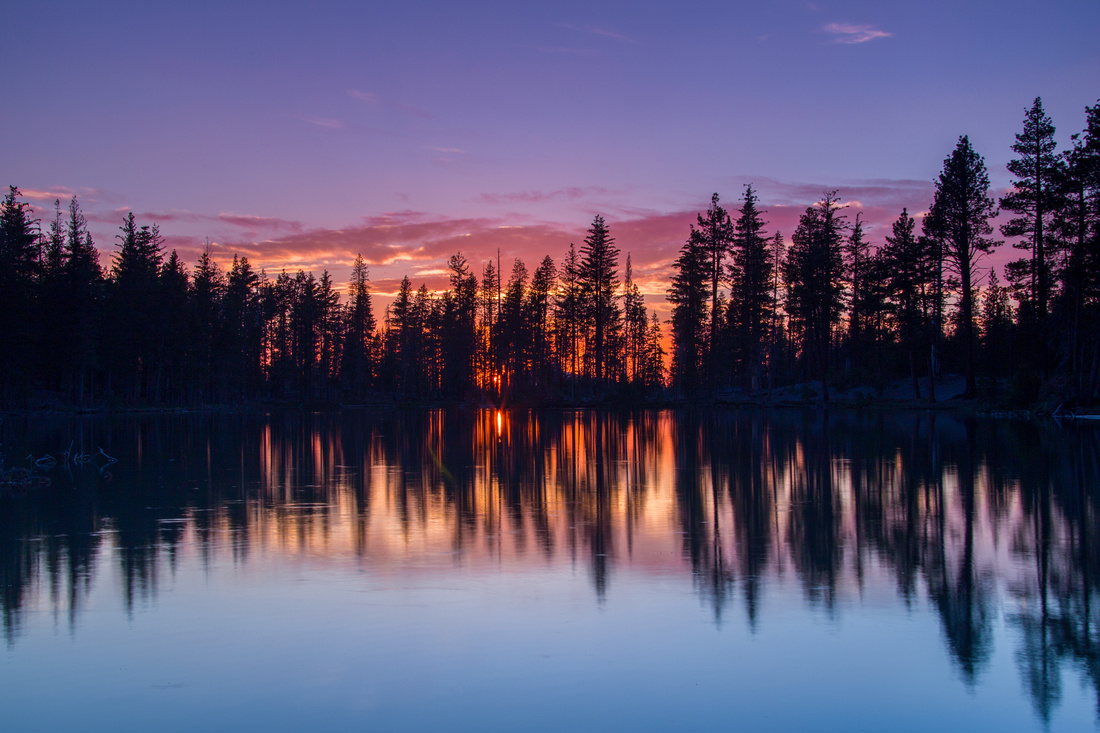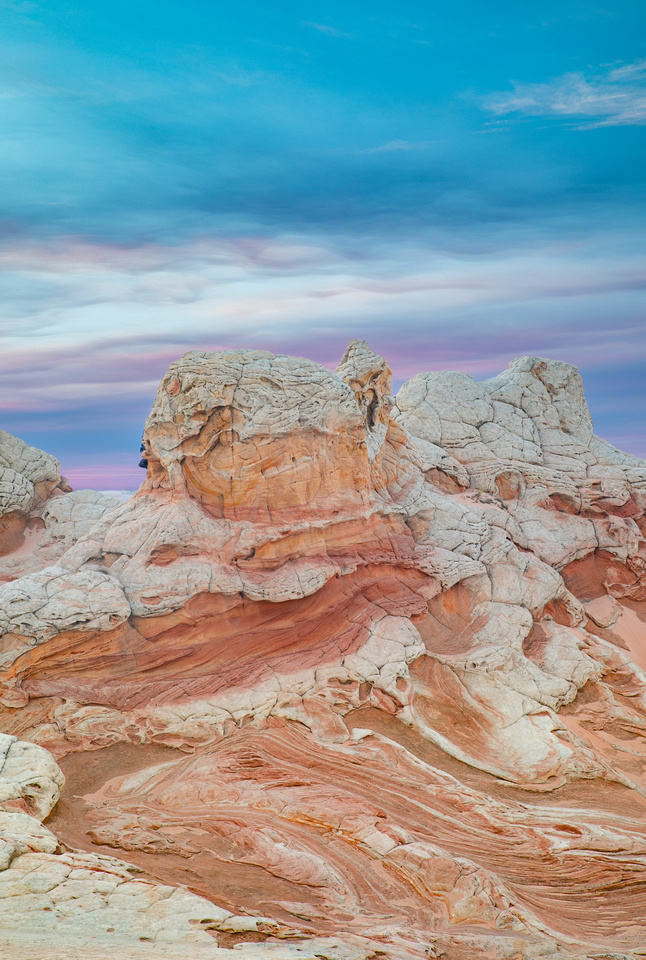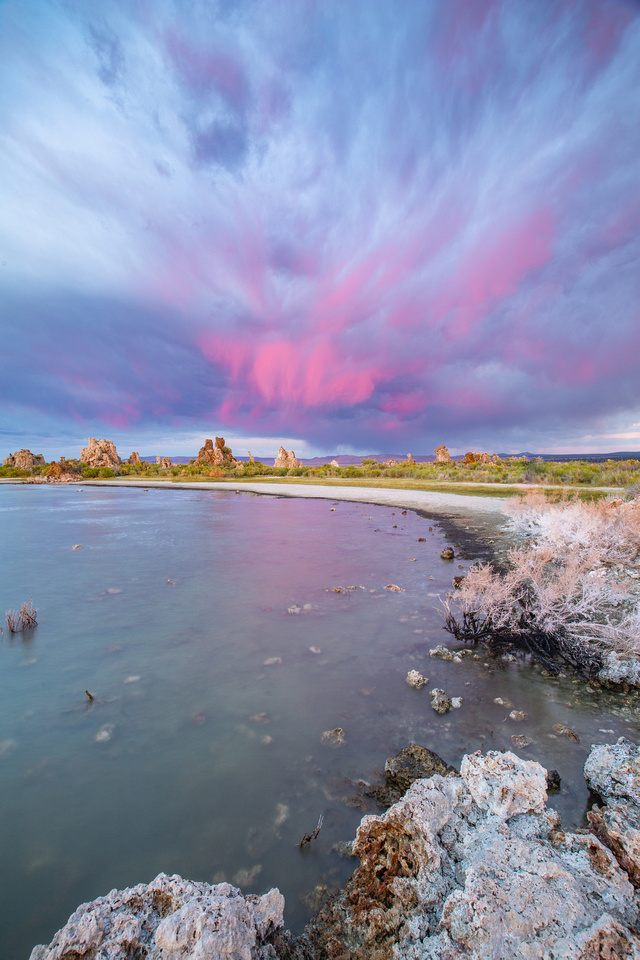The science behind the perfect sunset
The science behind the perfect sunset
Text and photos by Heather Cline
 
Reflection Lake, Lassen National Park |
Sunset colors are created by a phenomenon called Rayleigh scattering. This scattering is the result of small particles in the atmosphere and the those reaching the earths surface are known as diffuse sky radiation. The shortest wavelengths correspond to blue which is why we see the sky as blue. At sunset, the angle of the sunlight entering the atmosphere changes and must travel a greater distance, scattering some of the blues, violets, greens, and yellows. This is why we see more orange and yellow at sunset.
What influences that color?
There are several factors that can make or break that sunset shot:
Pollutants negatively impact sunset colors because they scatter the entire light spectrum instead of just the blues, resulting in hazy, muted colors.
 
White Pocket, Vermilion Cliffs National Monument, Arizona |
Wind can also be an enemy of a good sunset because it can break up clouds that reflect the light. If you see nice clouds a few hours before sunset and it is a calm day, chances are, those clouds will still be around to gift you a nice sunset.
|
South Tufas, Mono Lake |
Humidity: Humidity is a measure of the amount of water vapor in the air. Water vapor molecules adhere to small particles in the atmosphere and block the intensity of light necessary to create colorful sunsets. As a result, lower humidity is likely to produce better sunsets.
|
Mono Lake |
Cloud cover: Clouds reflect light, so without them, there wont be much of a sunset. 30-70 percent cloud coverage is typically ideal, with high to mid-level clouds providing the best reflection. There are 10 different major cloud types and it is generally known that cirrus clouds tend to create the best sunsets.
 
Crescent City Beach, Crescent City |
Time of year: When it’s colder out, it’s generally less humid, meaning there’s less water vapor in the air. As mentioned above, lower humidity is key for a beautiful sunset. If you live in the United States, this is typically during the months of November through February. That doesn't mean we don't get some nice summer sunsets but if you are planning, winter is a great time to get out and shoot those fiery skies.
|
Ancient Bristlecone, White Mountains |
I hope you have enjoyed this post and are ready to capture your next best sunset!


